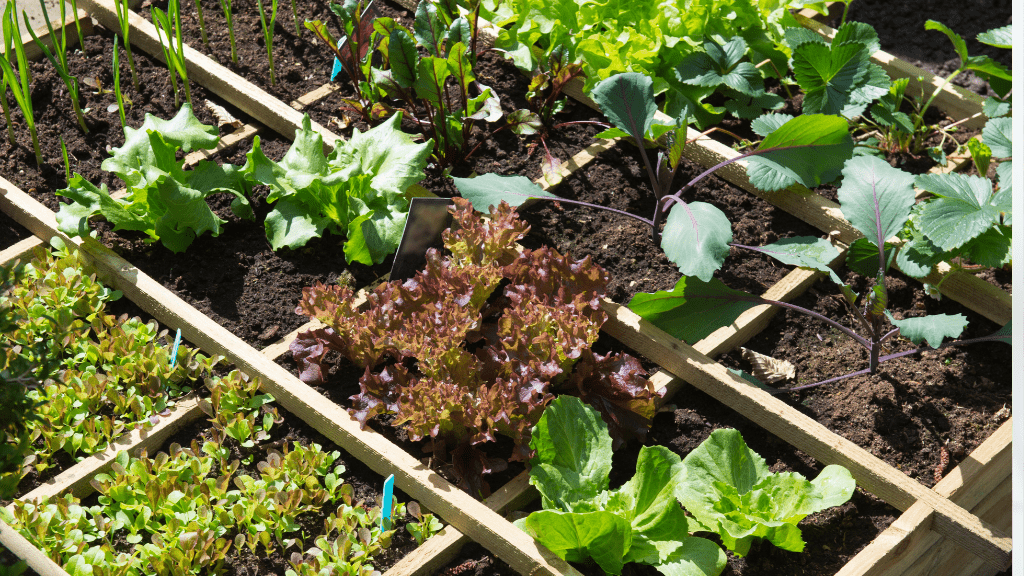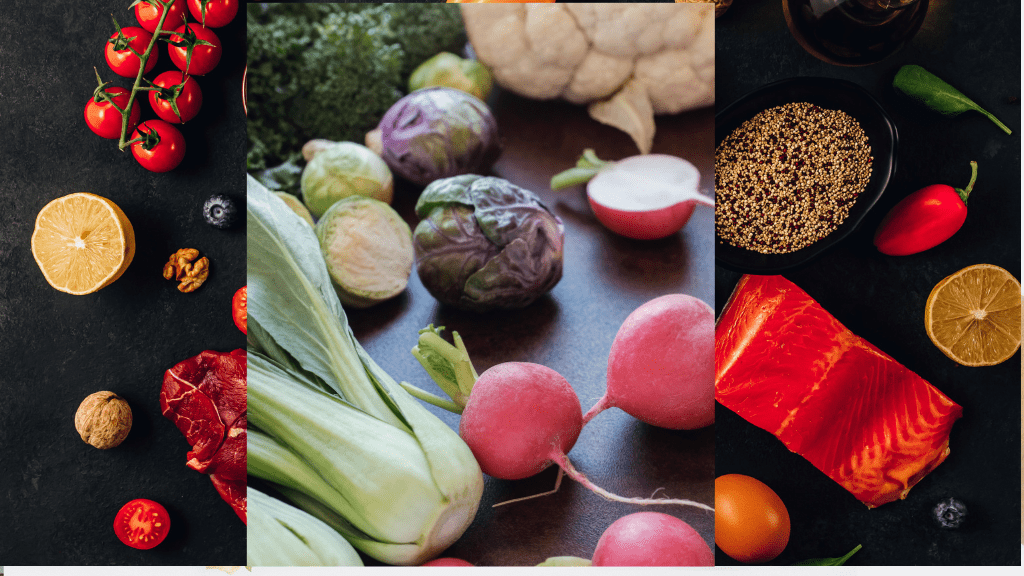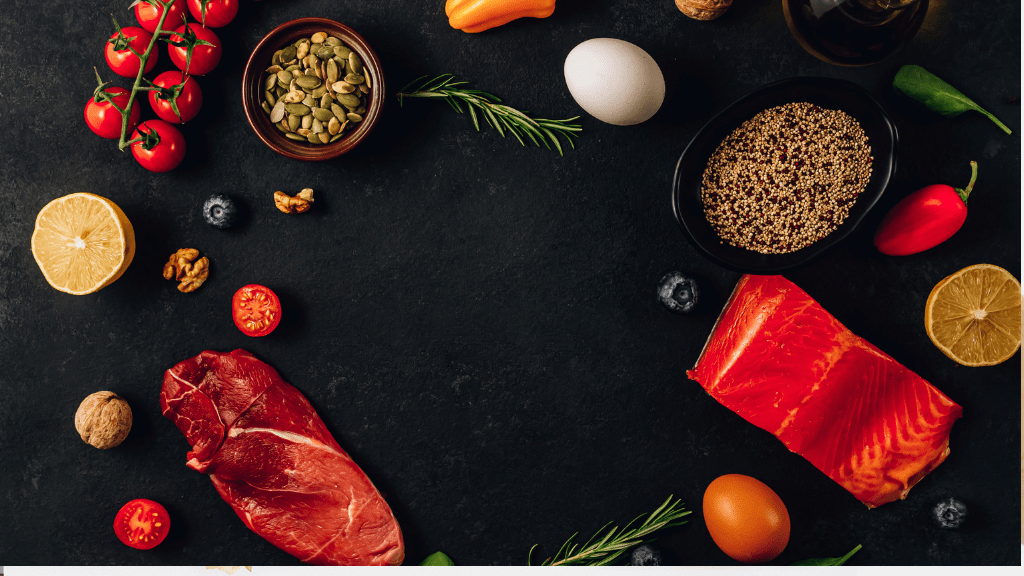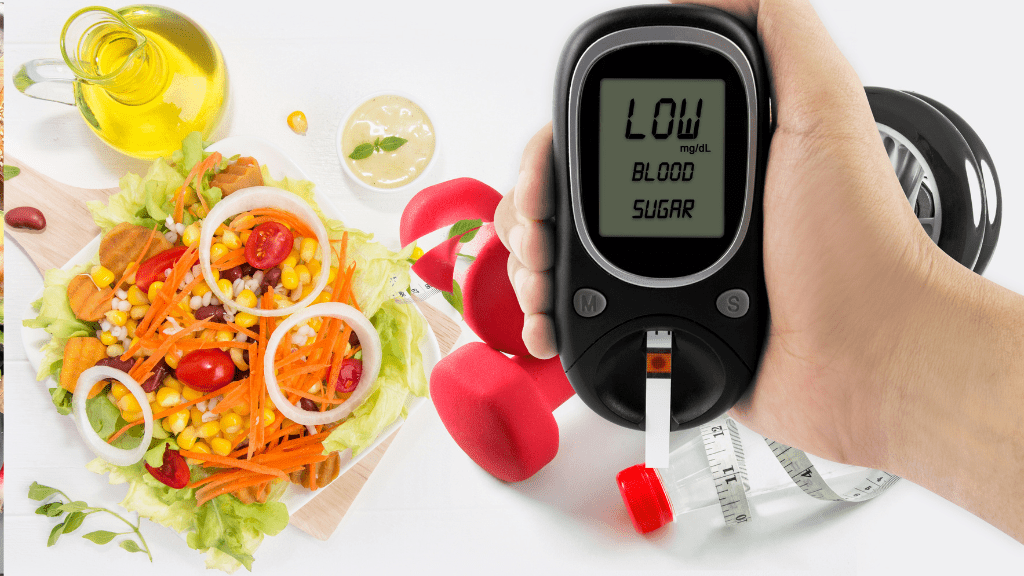Growing High-Fiber Vegetables at Home: What You Need to Know
Growing your own vegetables at home can be a rewarding experience, and it's even better when those vegetables contribute to your overall health. High-fiber vegetables are not only essential for maintaining good digestion, but they also support heart health, help regulate blood sugar, and keep you feeling full and satisfied. While you can buy these nutrient-dense foods at the store, growing them at home can provide you with fresher, more flavorful options straight from your garden.
In this guide, we’ll take you through everything you need to know about growing high-fiber vegetables at home, from choosing the right plants to providing tips on how to care for your garden and harvest your bounty.
Why Grow High-Fiber Vegetables?
Before diving into the details of growing, it’s important to understand why high-fiber vegetables are so crucial for your diet. Fiber is a type of carbohydrate that the body cannot fully digest, and it comes in two forms: soluble and insoluble. Both types are essential for a healthy digestive system, and vegetables are an excellent source of both.
By growing your own high-fiber vegetables, you’ll not only ensure that you have a fresh supply of nutrient-rich foods, but you’ll also have control over how they’re grown. You can avoid harmful pesticides and enjoy the satisfaction of eating food that you nurtured from seed to plate.
Best High-Fiber Vegetables to Grow at Home
Here are some of the best high-fiber vegetables you can easily grow at home:
- Carrots
Carrots are a root vegetable that’s high in fiber and beta-carotene, an antioxidant that the body converts into vitamin A. Carrots can thrive in both garden beds and containers, making them ideal for gardeners with limited space.
- Growing tips: Carrots prefer loose, well-drained soil. Sow the seeds directly into the garden and make sure to thin the seedlings to give each carrot enough space to grow. Water consistently, but avoid overwatering to prevent root rot.
- Broccoli
Broccoli is a cruciferous vegetable that’s packed with fiber, vitamins, and minerals. It’s relatively easy to grow and can tolerate cooler temperatures, making it perfect for fall and spring gardens.
- Growing tips: Broccoli prefers full sun and well-drained soil. Plant seeds or seedlings in early spring or late summer. Keep the soil consistently moist, and protect the plants from pests like aphids and cabbage worms by using organic insecticides or row covers.
- Brussels Sprouts
Brussels sprouts are another cruciferous vegetable high in fiber and nutrients like vitamin C and folate. While they take a bit longer to mature, their high yield makes them worth the wait.
- Growing tips: Brussels sprouts thrive in cooler weather, so plant them in early spring or late summer. They require plenty of space, so be sure to plant them about 2 feet apart. Harvest the sprouts when they’re firm and about 1-2 inches in diameter.
- Spinach
Spinach is a leafy green that’s rich in both fiber and essential vitamins like iron and calcium. It grows quickly and can be harvested multiple times, making it a great choice for beginner gardeners.
- Growing tips: Spinach prefers cooler weather, so plant it in early spring or fall. It thrives in well-drained soil with plenty of organic matter. Harvest the outer leaves as the plant grows, and it will continue to produce new leaves.
- Sweet Potatoes
Sweet potatoes are a versatile and fiber-rich vegetable that grows well in warm climates. In addition to their fiber content, they’re also an excellent source of vitamins A and C.
- Growing tips: Sweet potatoes require a long growing season and warm temperatures. Plant them in well-drained, sandy soil in full sun. They can be grown in garden beds or large containers. Harvest sweet potatoes before the first frost and cure them in a warm, dry location for a few days to enhance their sweetness.
- Peas
Peas are a great source of both soluble and insoluble fiber, and they can easily be grown in small gardens or even in containers. They also help fix nitrogen in the soil, improving its quality for future crops.
- Growing tips: Peas prefer cool weather and should be planted in early spring. Provide a trellis or support for the vines to climb, and harvest the pods regularly to encourage continuous production.
How to Start Your High-Fiber Vegetable Garden
- Choose the Right Location
- The location of your garden is crucial for the success of your plants. Most high-fiber vegetables, especially root and leafy greens, require full sun (at least 6-8 hours of sunlight a day) and well-drained soil. Choose a location that meets these requirements to ensure your vegetables grow to their full potential.
- Prepare the Soil
- Healthy soil is the foundation of a productive garden. Before planting, enrich your soil with organic matter such as compost or well-rotted manure. This improves soil structure, provides essential nutrients, and helps retain moisture. For container gardening, use a high-quality potting mix to provide the best growing environment.
- Planting Seeds or Seedlings
- Depending on the vegetable, you can either start from seeds or seedlings. For crops like carrots and peas, it’s best to sow seeds directly into the garden. For other vegetables like broccoli and Brussels sprouts, you might want to start with seedlings, especially if you have a shorter growing season.
- Watering and Fertilizing
- Consistent watering is essential for vegetable growth. Most high-fiber vegetables prefer evenly moist soil—not too dry and not waterlogged. Deep watering once or twice a week is usually sufficient, but be sure to adjust based on your climate and weather conditions.
- Additionally, fertilizing your plants with a balanced organic fertilizer will provide them with the necessary nutrients to thrive. Be careful not to over-fertilize, as this can lead to excessive leaf growth at the expense of root or fruit development.
- Mulching
- Mulching helps retain moisture, suppress weeds, and regulate soil temperature. Use organic mulches like straw, leaves, or grass clippings around your plants to promote healthier growth and conserve water.
Pests and Disease Management
Like any garden, your high-fiber vegetable garden may face challenges from pests and diseases. Here are some common issues and how to prevent or manage them:
- Aphids: These small insects suck sap from the leaves of vegetables like broccoli and Brussels sprouts. Control them by spraying plants with a mixture of water and mild soap or introducing beneficial insects like ladybugs to your garden.
- Cabbage worms: These pests can devour cruciferous vegetables. Use row covers to protect plants or handpick worms off the leaves.
- Fungal diseases: Overwatering and poor air circulation can lead to fungal diseases like powdery mildew. Ensure proper spacing between plants and water at the base to avoid wetting the leaves.
Harvesting and Enjoying Your High-Fiber Vegetables
One of the best parts of growing your own vegetables is harvesting them at their peak freshness. Each vegetable has its own harvest time, but here are a few general tips:
- Carrots: Harvest when they reach 1/2 to 1 inch in diameter.
- Broccoli: Cut the central head when it’s fully developed but before the flowers start to open.
- Brussels Sprouts: Pick the sprouts when they’re firm and green, starting from the bottom of the stalk.
After harvesting, enjoy your high-fiber vegetables in a variety of dishes. Roast your carrots and Brussels sprouts, toss spinach into salads or smoothies, and steam broccoli for a simple, nutritious side dish.
FAQs About
- What are the easiest high-fiber vegetables to grow at home?
- Some of the easiest high-fiber vegetables to grow at home include carrots, spinach, broccoli, and peas. These plants are beginner-friendly, grow quickly, and adapt well to various garden environments, including raised beds or containers.
- Do high-fiber vegetables need specific soil types to grow well?
- High-fiber vegetables thrive in well-drained, nutrient-rich soil with plenty of organic matter like compost. Loose soil is especially important for root vegetables like carrots and sweet potatoes. Adding compost or well-rotted manure helps improve soil structure and nutrient content.
- Can I grow high-fiber vegetables in containers or small spaces?
- Yes! Many high-fiber vegetables, such as spinach, peas, and carrots, can grow well in containers or small garden spaces. Ensure your containers have adequate drainage and use a high-quality potting mix to support plant growth.
- How much sunlight do high-fiber vegetables need?
- Most high-fiber vegetables need at least 6 to 8 hours of full sunlight each day to thrive. If you’re growing vegetables in a shady area, leafy greens like spinach may tolerate lower light levels better than other vegetables.
- What are some common pests and diseases that affect high-fiber vegetables, and how can I prevent them?
- Common pests include aphids, cabbage worms, and slugs, while diseases like powdery mildew and blight can affect some crops. To prevent these issues, use organic pest control methods such as row covers, introduce beneficial insects, ensure proper air circulation, and water at the base of plants to keep leaves dry.
Conclusion
Growing high-fiber vegetables at home not only provides you with fresh, healthy produce but also allows you to take control of what goes into your food. With the right knowledge, you can cultivate a garden full of nutrient-dense vegetables that support your digestive health, help manage weight, and reduce the risk of chronic diseases. Whether you have a large backyard or a small balcony, there are plenty of options for growing these valuable vegetables and reaping the health benefits year-round.




